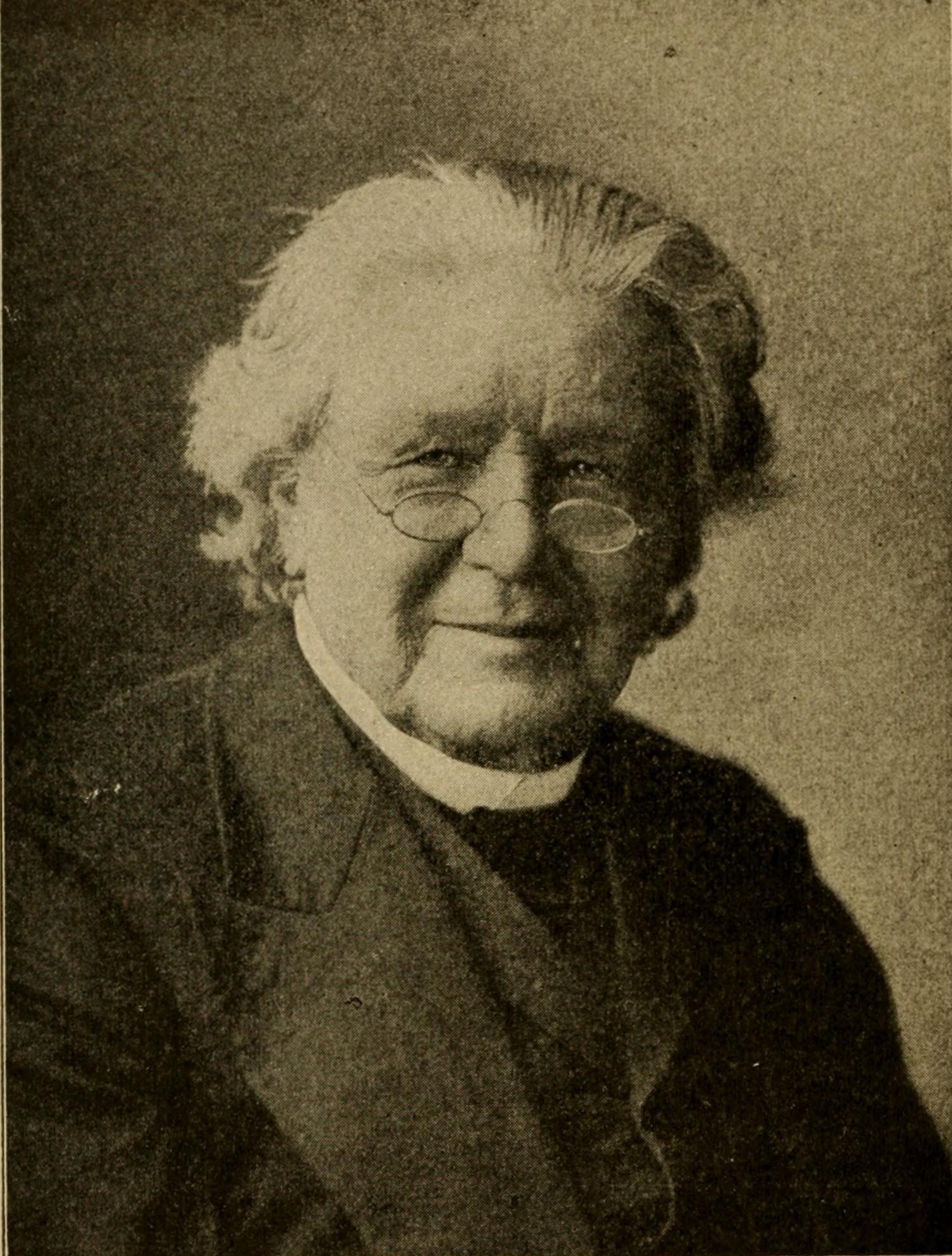Invention of the movable comb hive
Posted On Thursday, November 21, 2013 at at 5:11 AM by All best knowledge
Early forms of honey collecting entailed the destruction of the entire colony when the honey was harvested. The wild hive was crudely broken into, using smoke to suppress the bees, the honeycombs were torn out and smashed up — along with the eggs, larvae and honey they contained. The liquid honey from the destroyed brood nest was strained through a sieve or basket. This was destructive and unhygienic, but for hunter-gatherer societies this did not matter, since the honey was generally consumed immediately and there were always more wild colonies to exploit. But in settled societies the destruction of the bee colony meant the loss of a valuable resource; this drawback made beekeeping both inefficient and something of a "stop and start" activity. There could be no continuity of production and no possibility of selective breeding, since each bee colony was destroyed at harvest time, along with its precious queen.
During the medieval period abbeys and monasteries were centers of beekeeping, since beeswax was highly prized for candles and fermented honey was used to make alcoholic mead in areas of Europe where vines would not grow. The 18th and 19th centuries saw successive stages of a revolution in beekeeping, which allowed the bees themselves to be preserved when taking the harvest.
Intermediate stages in the transition from the old beekeeping to the new were recorded for example by Thomas Wildman in 1768/1770, who described advances over the destructive old skep-based beekeeping so that the bees no longer had to be killed to harvest the honey.[15] Wildman for example fixed a parallel array of wooden bars across the top of a straw hive or skep (with a separate straw top to be fixed on later) "so that there are in all seven bars of deal" [in a 10-inch-diameter (250 mm) hive] "to which the bees fix their combs."[16] He also described using such hives in a multi-storey configuration, foreshadowing the modern use of supers: he described adding (at a proper time) successive straw hives below, and eventually removing the ones above when free of brood and filled with honey, so that the bees could be separately preserved at the harvest for a following season. Wildman also described[17] a further development, using hives with "sliding frames" for the bees to build their comb, foreshadowing more modern uses of movable-comb hives. Wildman's book acknowledged the advances in knowledge of bees previously made by Swammerdam, Maraldi, and de Réaumur—he included a lengthy translation of Réaumur's account of the natural history of bees—and he also described the initiatives of others in designing hives for the preservation of bee-life when taking the harvest, citing in particular reports from Brittany dating from the 1750s, due to Comte de la Bourdonnaye.
The 19th century saw this revolution in beekeeping practice completed through the perfection of the movable comb hive by the American Lorenzo Lorraine Langstroth. Langstroth was the first person to make practical use of Huber's earlier discovery that there was a specific spatial measurement between the wax combs, later called the bee space, which bees do not block with wax, but keep as a free passage. Having determined this bee space (between 5 and 8 mm, or 1/4 to 3/8"), Langstroth then designed a series of wooden frames within a rectangular hive box, carefully maintaining the correct space between successive frames, and found that the bees would build parallel honeycombs in the box without bonding them to each other or to the hive walls. This enables the beekeeper to slide any frame out of the hive for inspection, without harming the bees or the comb, protecting the eggs, larvae and pupae contained within the cells. It also meant that combs containing honey could be gently removed and the honey extracted without destroying the comb. The emptied honey combs could then be returned to the bees intact for refilling. Langstroth's classic book,The Hive and Honey-bee, published in 1853, described his rediscovery of the bee space and the development of his patent movable comb hive.
The invention and development of the movable-comb-hive fostered the growth of commercial honey production on a large scale in both Europe and the USA (see also Beekeeping in the United States).

Post a Comment